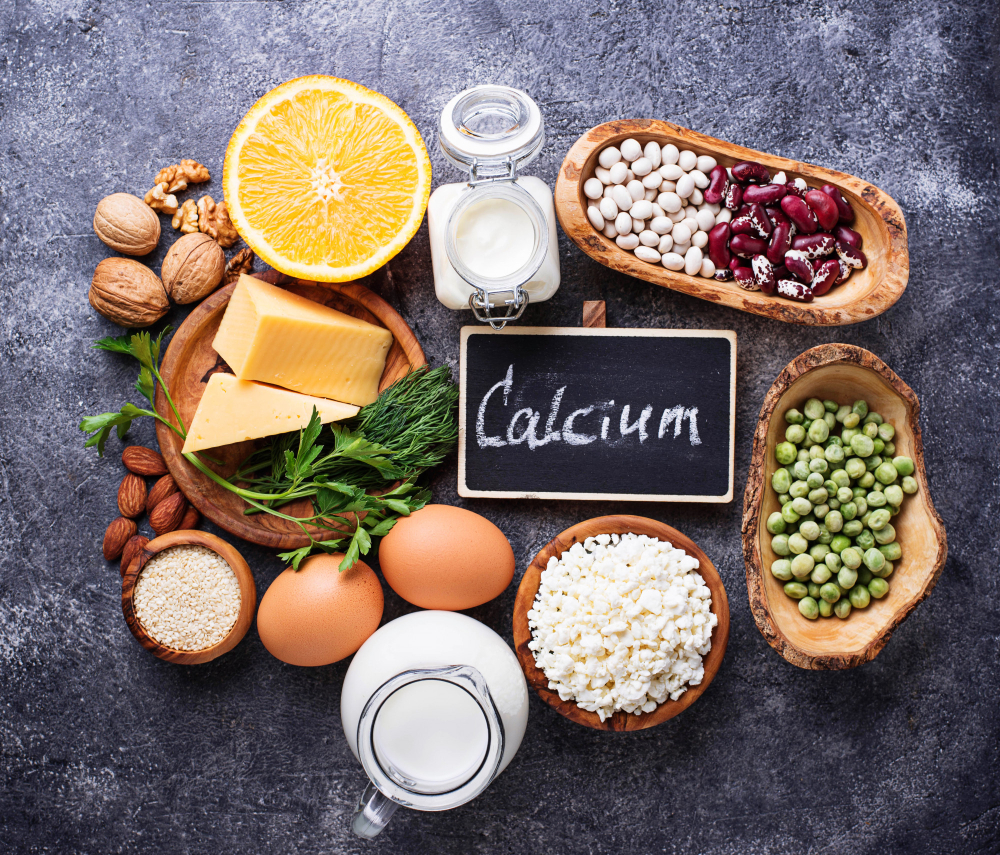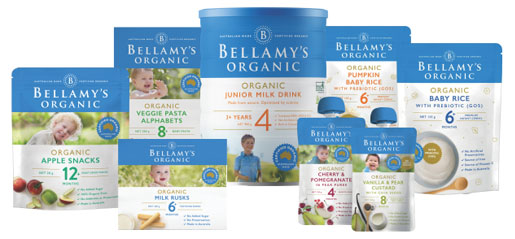Understanding Organic: What is Organic Food?
Vietnam is currently witnessing a rising trend of organic consumption – whose best known benefit is the highest level of food safety it offers. Nevertheless, not all consumers can easily and surely recognize whether a product is from organic production and cases in which a product can be labelled and marketed as “organic”.
In this article, Natural Food Group will provide the fundamental definition of organic food and cases in which a product can be considered to be “organic”, according to the guideline of one of the world’s most-trusted organic management bodies, USDA Organic.
1. The basic understanding about organic food:
On the rise of popularity amongst Vietnamese consumers who wish to follow the lifestyle of “eat clean – live green”, organic food remains a top-of-mind choice for many values, but most especially for its high level of safety.
Organic food comes from a wide range of agricultural products from freshly supplied, animals (meat, fish, egg, etc) or plants (vegetables), to processed, such as cereals, dried fruit, and milk, etc.
A variety of different benefits to health is attributed to organic food, the major benefits can be referred to as below:
- High safety thanks to organic origin: complete exclusion of harmful substances, growth hormones, and GMO. Organic food is brought right out of nature to your meal;
- Highly rich in beneficial nutrition: besides preserving agricultural product’ high level of nutrition, organic food is scientifically claimed to provide essential substances good for health (antioxidants, rich in beneficial fatty acids, etc.);
- Original, organic flavour from nature: many lifelong organic consumers all claim that organic food brings a stronger, original taste of nature that they can enjoy for years;
- Environmentally friendly: organic farming requires strict sustainable practices to protect the environment in agricultural production. Besides, organic farming excludes all practices of exploiting wildlife animals and plants.

The management of organic production can be difficult to comprehend for its extensive and complicated details, varying with each set of organic standards built and implemented by different organic management bodies. Yet technically, organic milk as well as other organic agriculture products are to meet 3 essential requirements to be claimed organically sourced:
- No use of artificial chemical substances (pesticides, chemical fertilizers, preservatives, colorants, artificial sweeteners, MSG, etc)
- No use of growth hormones
- No use of antibiotics and GMO
2. Cases in which a product can be labelled “organic”:
Besides the 3 basic principles of organic production above, organic food in practice varies amongst 4 popular groups below as in the management regulation of US Department of Agriculture’s USDA Organic – one of the world’s leading organic management bodies:
-
“100 percent organic”:
Products must contain only organically produced ingredients and resort to supporting additives in production of organic sources.
In practice, to comply with this strict requirement of “100 percent organic”, organic products within this group usually fall into the group of fresh produces (animals/plants), or dried food, and rarely from the group of cosmetics/body care products/personal care products/medicine products.
Products of this group can be labelled as “100% Organic”.

-
“Organic” – Product of at least 95 percent organic:
Products of at least 95 percent organically produced ingredients with the remaining ingredients (of nonagricultural substances, or of non organically produced agricultural products that are not commercially available in organic form) approved on the National List.
The majority of organic products on market fall into this group. For consumers, it’s advised that we closely check the safety of the remaining 5% of ingredients, whether or not it may contain substances causing cancer, allergy, etc or substances contraindicated for your health.
Products may be labelled as “Organic”.
-
“Made with organic ingredients” – Products of at least 70 percent organic
Products made from at least 70 percent organic ingredients.
Products fall into this group are only allowed to be labelled as “Made with organic ingredients” and are not allowed to bear the organic certification mark (USDA Organic, EU Organic, Organic JAS, etc).
-
Less than 70 percent organic ingredients:
Products of this group are not allowed to use the term “organic” anywhere on packaging display. However, they may identify the specific organic-certified ingredients on the information panel.
3. Be a smart organic consumers – always watch out for the “organic” labelling:
In practice, there are no few cases in which producers or distributors wrongly label and market their products as “organic” deliberately, despite the products’ unqualified originalities, ingredients, substances contained posing toxic impact on health, etc. Even worse, there are organizations set up around the world to offer the service of issuing low-quality organic certification only to illegally profit from the organic labelling and marketing of low-quality organic products.
To be a smart organic consumer, it is advised to refer to products with popular, legitimate organic certification of USDA Organic, EU Organic, Organic JAS, etc and always resort to the scientific understanding of the nutrition, substances within the food, etc and their impact on your health when considering consumption of a particular organic food.
Reference:
- USDA Organic – Regulations from National Organic Program: https://bit.ly/2TM33kP
- US Government – The National List of Allowed and Prohibited Substances: https://bit.ly/3xwV1Lu
Featured post
-
05 Diet Plans That Are Good For Your Health
31/07/2022
-
Best Times to Sleep for Adults & Children
01/06/2022








